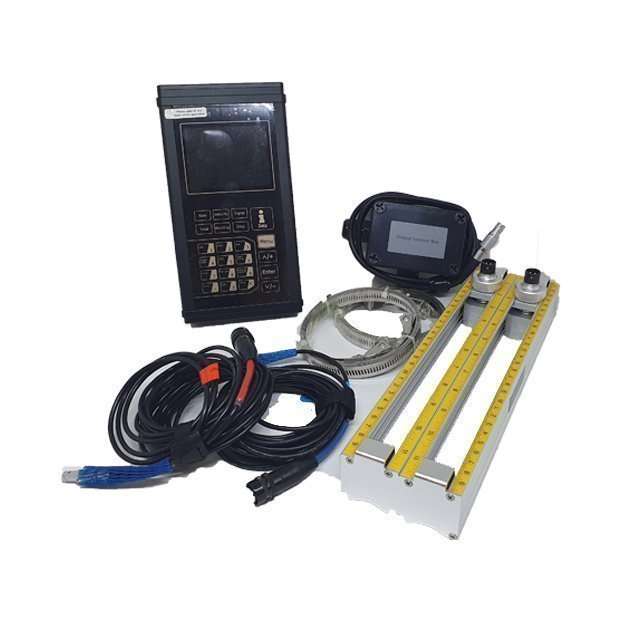Ultrasonic flowmeters are a popular choice for measuring the velocity of liquids in a variety of applications, including water treatment, chemical processing, and HVAC systems. These devices use ultrasonic waves to determine the flow rate of a liquid, without physically contacting the fluid being measured. In this blog, we'll discuss the benefits and features of ultrasonic flowmeters, as well as some tips for choosing the right one for your needs.

Benefits of Ultrasonic Flowmeters
One of the biggest benefits of ultrasonic flowmeters is their non-invasive nature. Unlike traditional flowmeters, which require direct contact with the fluid being measured, ultrasonic flowmeters can be installed outside of the pipe, eliminating the need for costly and time-consuming modifications to your system. This also makes ultrasonic flowmeters ideal for use in applications where the fluid being measured is corrosive, abrasive, or otherwise difficult to handle.
Another benefit of ultrasonic flowmeters is their high accuracy. Because they don't cause any physical obstruction or distortion to the fluid being measured, ultrasonic flowmeters can produce highly precise readings even at low flow rates. Additionally, the lack of moving parts means that ultrasonic flowmeters require minimal maintenance or calibration, resulting in increased reliability and a longer lifespan.
Features of Ultrasonic Flowmeters
There are two main types of ultrasonic flowmeters: transit time and Doppler. Transit time flowmeters use two ultrasonic transducers that send and receive signals across the fluid being measured. By measuring the time it takes for each signal to travel through the fluid, the flow velocity can be determined. In contrast, Doppler flowmeters use a single transducer that emits ultrasonic waves that reflect off of particles or bubbles in the fluid. By analyzing the frequency shift between the emitted and reflected waves, the flow velocity can be calculated.
In addition to these main types, there are also several other factors to consider when choosing an ultrasonic flowmeter. One important feature to look for is compatibility with the type of liquid being measured. Some ultrasonic flowmeters are specifically designed for use with water, while others are better suited for measuring liquids with higher viscosity or more particulate matter. Other factors to consider include the size of the pipe being measured, the required flow range, and the temperature and pressure of the fluid.
Tips for Choosing the Right Ultrasonic Flowmeter
When selecting an ultrasonic flowmeter, it's important to consider both your specific application needs and the capabilities of the device itself. Some key factors to keep in mind include:
- Accuracy: Make sure the flowmeter you choose is capable of measuring flow rates with the level of precision you require.
- Compatibility: Check that the flowmeter is compatible with the type of liquid being measured, as well as the size and specifications of your piping system.
- Ease of installation: Look for a flowmeter that is easy and straightforward to install, with minimal disruption to your existing infrastructure.
- Cost: Consider the overall cost of the flowmeter, including any necessary installation, maintenance, or calibration fees.
Overall, ultrasonic flowmeters offer a reliable and cost-effective solution for measuring the flow rate of liquids in a wide range of applications. By selecting the right type of ultrasonic flowmeter for your specific needs, you can enjoy accurate, non-invasive, and highly precise flow measurements that will help keep your system running smoothly for years to come.